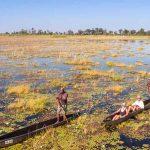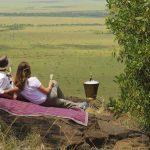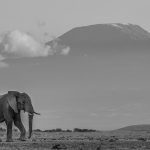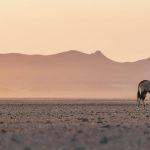Yet again Ruaha has proved itself as the best park in Southern Tanzania!
Ruaha National Park has a drama quite unlike any other Tanzanian park; safari connoisseurs have for years regarded it as one of Tanzania’s finest; the land has its own kind of remoteness, an ancient place in the Great Rift Valley where mile upon mile of age-old sandy red earth has been worn and bleached by the sun, and the hilly distances are punctuated with the distended elephant-battered girths of countless massive baobabs, as many as a thousand years old. The combination of ochre-red earth, pale russet grasses and the parched paths of wide sand rivers appeal to images of an archetypal African land.
Part of the present-day attraction of Ruaha is its distant location which demands a flight to get there. The result is a park that is visited by few tourists, major tracts of the landscape are still largely inaccessible. Covering 10,300 square kilometres, Ruaha is the second largest national park in Tanzania after the Serengeti. Surrounded by vast escarpments the park begins on the high plateau around Njombe River in the northwest and slopes across a wide valley to the Great Ruaha River in the southeast. The scenery is simply spectacular.
The Game
Plenty of heavy duty wildlife lays claim to Ruaha’s hilly savannah and bush. The park has one of the greatest populations of elephant of any African park, famed for East Africa’s largest ever tusks and the dry open hillsides encourage antelope and buffalo to gather into large herds. Where there are large buffalo herds lion are always found in good numbers; Ruaha is famous for its unusually large prides, often numbering 20 plus. The terrain is also particularly good for leopard and the open plains, known locally as the mini Serengeti, are good for cheetah. The parks also contains a large population of approximately 100 African hunting (Wild) dog. Ruaha is the only east African park with both Greater and Lesser Kudu, and sable and roan antelopes and, like the Selous, has an unusual combination of East and Southern African wildlife and birds. 450 species have been recorded






